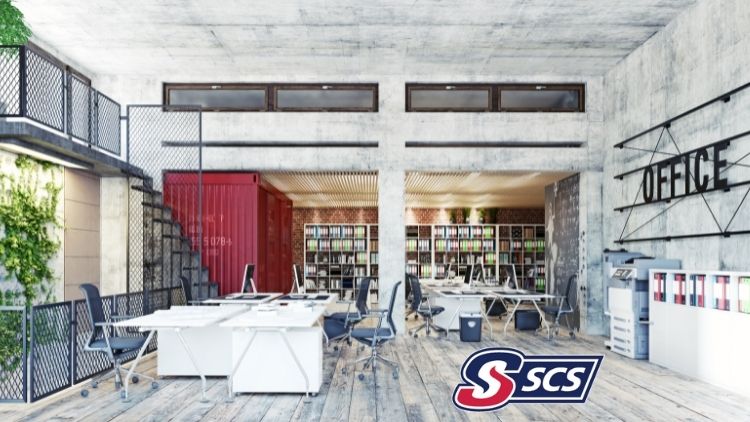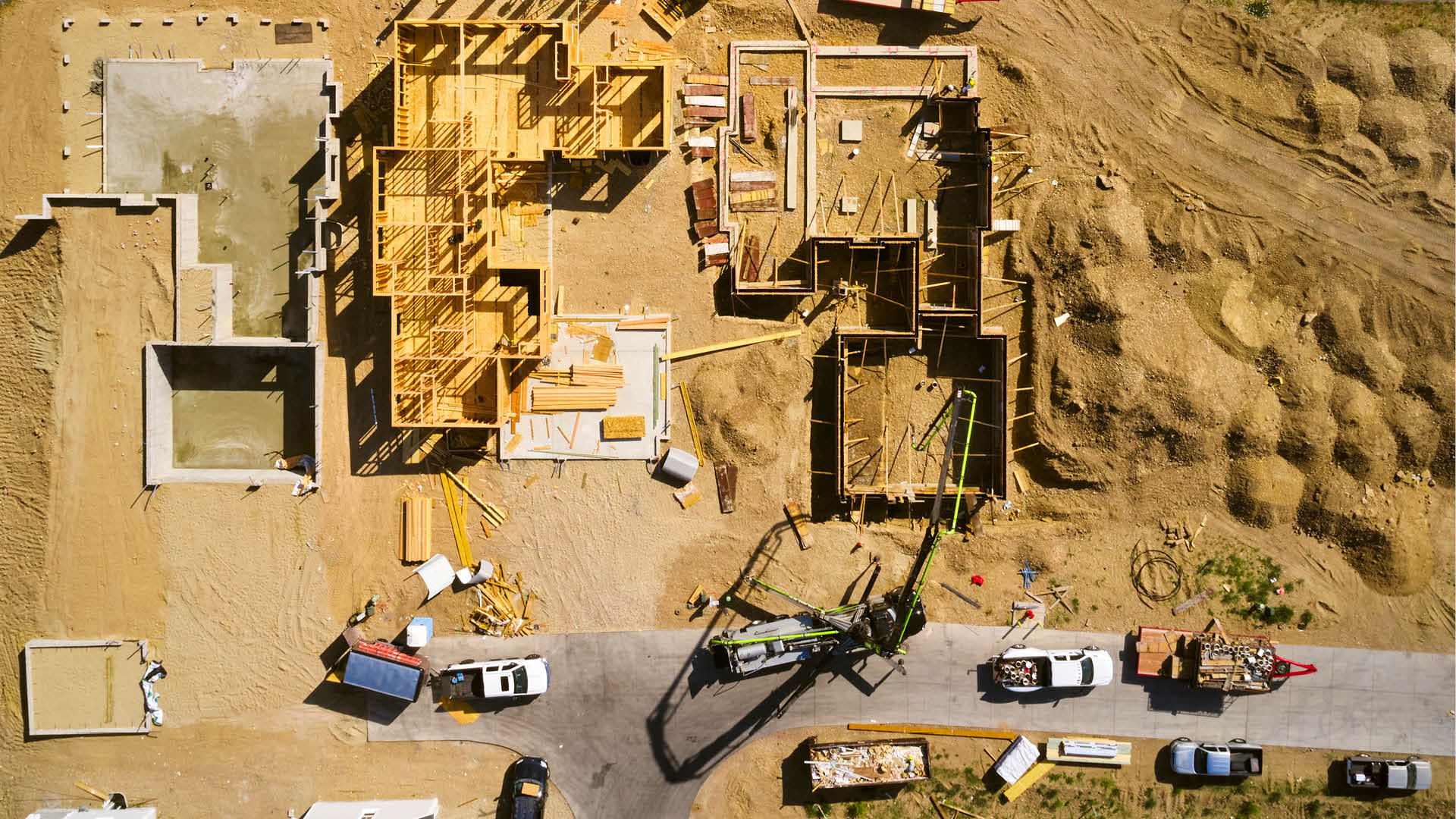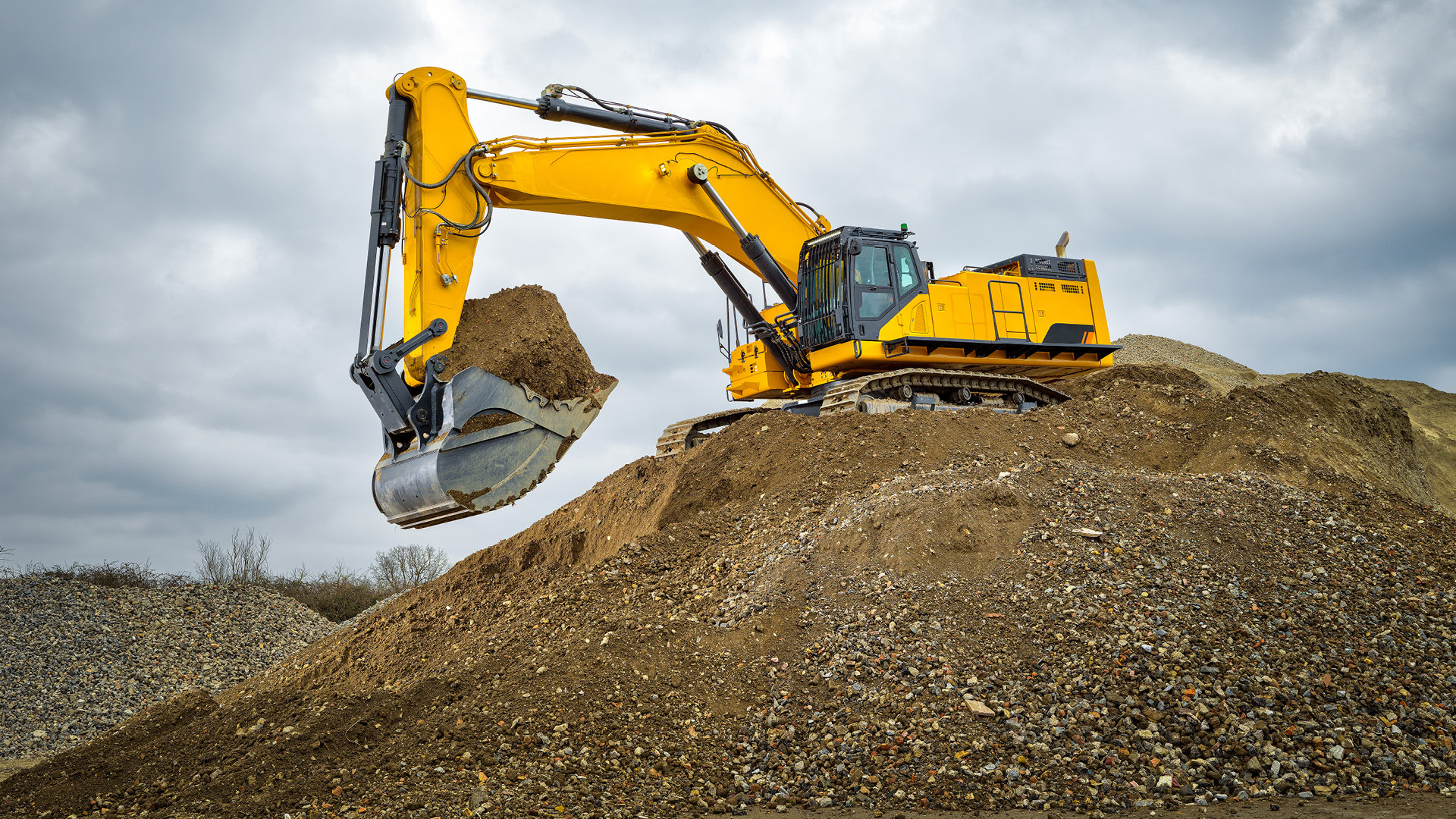What is build-out, fit-out, or finish-out construction? Here at SCS Construction we say it typically refers to activities involved in making a commercial tenant interior space suitable for occupation. Often fit-out construction for a commercial property is performed by a tenant’s own contractor, as opposed to the landlord’s construction company. Each tenant has unique needs and desires and can work with their own contactor to meet them specifically.
Before the build-out
Typically, a landlord building a new space will design the interior space as a white box or shell interior. This is also common when a landlord is adapting a previous tenant space to make ready for new tenants to look at and be ready to sign a lease. Therefore, white box or shell construction typically involves:
- Base flooring
- Standard white walls
- Standard ceilings
- HVAC
- Plumbing
- Restrooms
- Elevator and stairs for evacuation
- Adaptations to local building codes and constrictions
Your space reflects your business
An interior build-out, fit-out, or finish-out refers to starting from this white box or shell and fitting it to the tenant’s specific needs. It involves finishing the space for an office or store space. These final touches are called Tenant Improvements (TIs) for the fit-out construction process. A fit-out might include:
- Lighting fixtures
- Custom plumbing fixtures
- Specialized flooring
- Wall customization
- Cabinetry
- Partitions
- Custom or extra doors
- Cabling
- Customized windows or fixtures
- Communications
- Shelving
- Customized ceilings
Considerations for design
First, a client entering the space should get the same impression of the company that they get from the company’s brochures, website, social media pages, or other advertisements. Second, based on the tenant’s needs, the design of an interior build-out, fit-out, or finish-out includes many factors to consider.
- The design should match the climate and culture of the tenant’s business.
- The design should match the worth ethic, protocols, and team size.
- Efficiency should also be considered.
- The lighting, AC, plumbing, electric, internet cabling, and other systems must be optimal for the use the tenant will place on them.
- The design should be in alignment with the brand and colors. It should reflect the culture, vision, mission, and values of the company, making it an extension of other marketing and advertising for the company.
- Finally, the build-out should take into consideration opportunities for growth when possible. Try to design the space in a way that will lend itself for expansion of hiring additional employees, etc.
Compliance with regulations and codes
In addition to the tenant’s unique needs, there are also additional requirements for compliance with local building codes and restrictions. Government requirements will cover topics such as safe electric wiring, fire alarms, extinguishers, ample working space, building occupant capacities, comfortable and safe working environments, needs for those with disabilities, health and hygiene, and air quality. Most importantly, keeping in compliance with all local building codes will make your space safer, lowering the risk of injury accidents, and illness to your employees as well as your clients. It will also help the company avoid unnecessary lawsuits.
Paying for the build-out
Of course, every build-out has a cost. Different leasing agreements distribute these costs differently. Often lease agreements are structured so that the landlord pays for some of the tenant improvements. However, how much the landlord will pay is negotiated in the lease. Often times the landlord will plan to reimburse the tenant for some or all of the fit-out improvements after the tenant moves in. This protects the landlord from paying for a build-out and having the tenant change their mind about the lease. In other words, it is very common for the landlord to offer rent-concessions to cover all or part of the cost of the build-out. Sometimes a landlord will offer a set amount in allowance for a build-out. When it is time to review the quote, you will want to be sure it includes:
- Design briefs
- Technical plans
- Building assessment
- Project management
- Material delivery
- Construction
Often, people confuse a fit-out with renovations, and often, the two are used interchangeably. However, while they’re closely related, both have distinctive purposes and procedures. In reality, a fit-out, a build-out, and a finish-out has more to do with the functionality and usability of a commercial space to adapt it to the tenant’s needs. Renovations have more to do with the aesthetics and the professional look of the space. It may include furnishings, colors, and décor.
At SCS Construction, we can help you with your interior build-out, fit-out, or finish-out! We are happy to help you plan your next project! Call us at 317-272-0129.
Are you on Facebook? We are, too. Let’s be friends!





Recent Comments